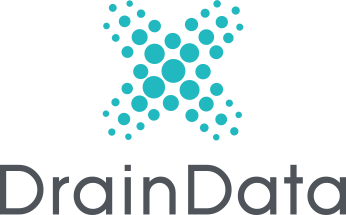🎗Early Detection of Breast Cancer: Signs, Screening & Support
Breast cancer is one of the most common cancers affecting women worldwide, but when detected early, it’s also one of the most treatable. Early detection of breast cancer plays a crucial role in improving survival rates and reducing the need for aggressive treatments. Regular self-exams, clinical checkups, and mammograms are essential tools in catching breast cancer in its earliest stages—often before symptoms become noticeable. Experts recommend that women become familiar with the normal look and feel of their breasts, so they can recognize changes like: 💡 Know the signs If you notice any of these symptoms, don’t panic—but do contact a healthcare professional as soon as possible. Early detection of breast cancer doesn’t just save lives—it empowers them. By catching cancer early, many women are able to pursue less invasive treatments and maintain a better quality of life. That’s why raising breast cancer awareness and encouraging routine screenings is so important. October is widely recognized as Breast Cancer Awareness Month, but this is a message that matters year-round. Whether you schedule a mammogram for yourself, encourage a friend to get checked, or support someone facing a diagnosis, your action can make a difference. 💖 To the fighters, survivors, caregivers, and those we’ve lost—you are not forgotten. Together, we stand strong. 📅 Don’t wait. Make early detection part of your routine. #BreastCancerAwareness #EarlyDetection #ThinkPink #BreastCancerSupport #HealthMatters
